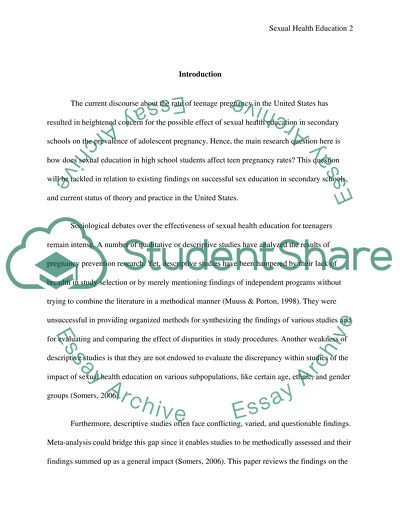Cite this document
(“A Review of the Effect of Sexual Health Education in Secondary Schools Research Paper”, n.d.)
Retrieved from https://studentshare.org/sociology/1425276-how-does-sexual-education-in-high-school-students
Retrieved from https://studentshare.org/sociology/1425276-how-does-sexual-education-in-high-school-students
(A Review of the Effect of Sexual Health Education in Secondary Schools Research Paper)
https://studentshare.org/sociology/1425276-how-does-sexual-education-in-high-school-students.
https://studentshare.org/sociology/1425276-how-does-sexual-education-in-high-school-students.
“A Review of the Effect of Sexual Health Education in Secondary Schools Research Paper”, n.d. https://studentshare.org/sociology/1425276-how-does-sexual-education-in-high-school-students.


